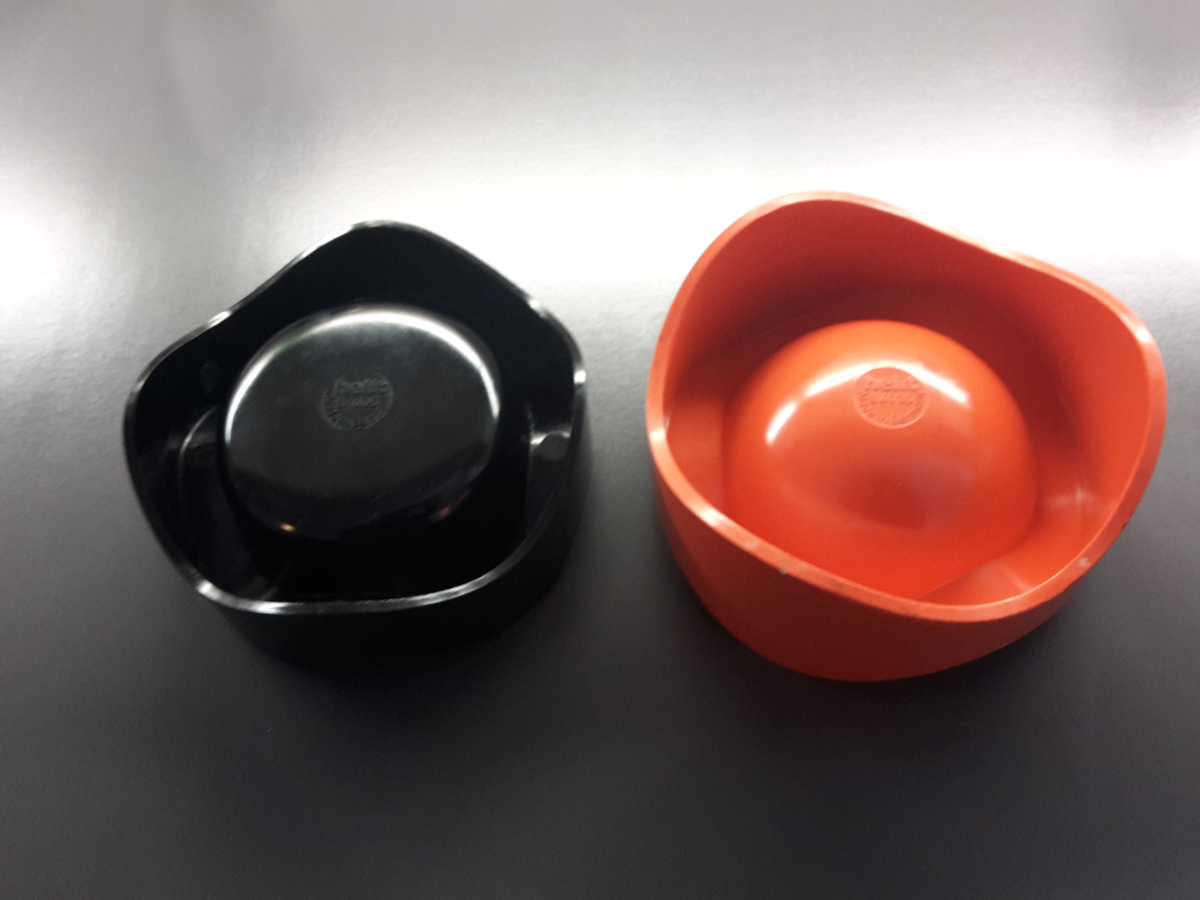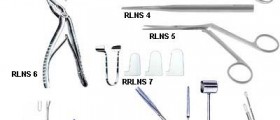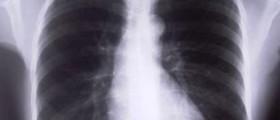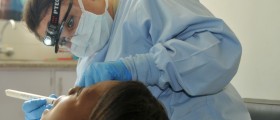
The problem that can be very discomforting is called chronic sinus drainage and once it appears, you will want to eliminate it. The human body removes harmful material from the body in many ways and one of them is through the mucus membrane. The material is removed via thin mucus, which is produced by the sinus cavities. This happens every day and people are usually not aware of this, although some individuals can experience sinus drainage due to consummation of spicy food or inhalation of strong or irritating odor. The mucus can become thicker due to the inflammation or infection of the mucus membrane, and this can lead to swallowing problems and throat irritation. Chronic and acute sinus drainage are two types of the sinus drainage. Chronic drainage lasts from 8 to 10 weeks and it is called sinusitis. The symptoms of these problems resemble those of a flu or common cold.
Causes and symptoms
Viral and bacterial infections are the most common ways of developing chronic sinus drainage and the cause of the cough is the drainage of the infected mucus to the throat, which causes the nasal passage and throat irritation. Excessive mucus drainage can be caused by common cold or some other viral infection, while the chronic sinus drainage can also occur due to the pollutants such as exhaust fumes. These pollutants can make the problems worse. The gastroesophageal reflux disease or the acid reflux disease is another possible cause of the chronic sinus drainage. The stomach acid creates this problem when it rises to the throat.
Some most common symptoms are ear pain, nausea, fever, bad breath, pressure on the area surrounding the sinuses, headache and sore throat. Generally, the infection or adverse reaction in the sinus cavities suggests the sinus drainage.
Treatment
Blocked sinuses can be opened up with the use of neti pot, which is very effective. Use warm saline water and put in the neti pot and then with head tilted back, put it in one and then in the other nostril. You can also use a syringe to put the water in the nostrils, but if you do this put a pinch of baking soda in the saline water. This will reduce the problem very quickly. Humidifiers, vaporizers and inhalers can also be used along with the steam inhaling. Also, the infection causing the problem should be treated and this is usually done with antibiotics. The problem may be reduced with the use of tea, broths, soups and remember to drink a lot of fluid and rest accordingly.

















Your thoughts on this
Loading...